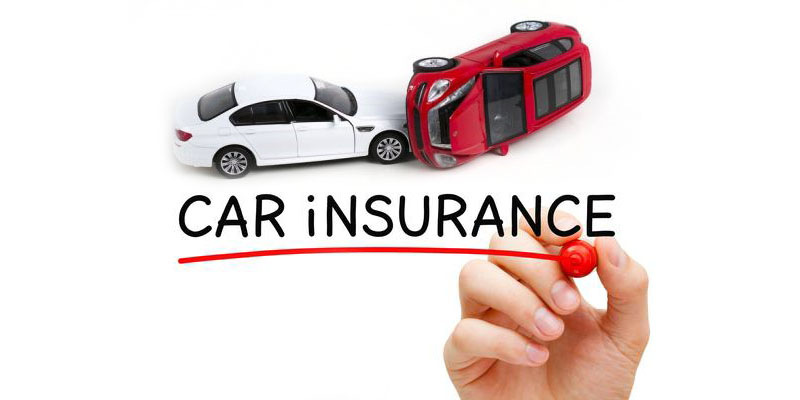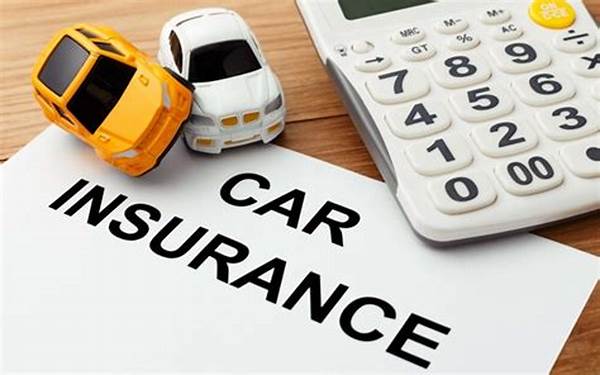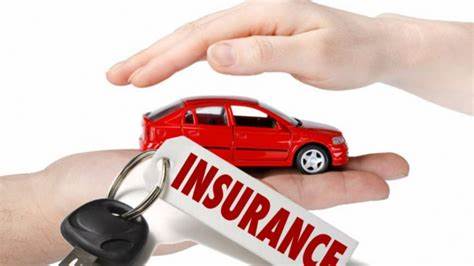When it comes to insuring older vehicles, many car owners may wonder if it’s still necessary or worth the investment. As a car ages, the cost of maintaining insurance can increase, and the vehicle’s value might decrease significantly. However, understanding the importance of car insurance, even for older cars, can help ensure you are financially protected in case of an accident or theft. In this article, we will explore why car insurance for older vehicles is still essential, the factors you should consider when choosing coverage, and how to find the right balance between protection and cost. Whether you’re driving a vintage classic or a car that has seen better days, knowing how to approach insurance for older vehicles can save you time, money, and potential headaches in the long run.
Why Car Insurance is Still Necessary for Older Vehicles
Although your car may not hold as much value as a newer model, having insurance is still a smart financial decision. Here’s why car insurance remains important even for older vehicles:

1. Protection Against Accidents: Regardless of the age of your car, accidents can happen at any time. Car insurance helps protect you from the financial burden of repairs or medical expenses resulting from accidents. Whether you’re at fault or not, having insurance provides peace of mind that you won’t face costly out-of-pocket expenses.
2. Legal Requirements: In many places, car insurance is legally required, even for older vehicles. Liability coverage is typically mandatory to ensure that you are financially responsible if you cause an accident that damages someone else’s property or injures another person. Driving without insurance could result in fines, penalties, and even the suspension of your driver’s license.
3. Theft and Vandalism Protection: Older vehicles are still vulnerable to theft, vandalism, and weather-related damage. Even if your car isn’t worth as much as it used to be, protecting it from theft or damage with comprehensive coverage can save you from significant financial loss.
4. Safeguarding Your Investment: While an older car might not have the same value as a new one, it can still be an investment worth protecting. You’ve likely spent money maintaining and repairing the vehicle, and losing it to an accident or theft could mean losing all that investment.
What to Consider When Insuring Older Vehicles
When it comes to insuring older vehicles, there are several factors to consider to determine the right level of coverage. Here are the main points to keep in mind:
1. Vehicle Value and Depreciation: As cars age, they naturally lose value, and their market price decreases. When choosing car insurance for an older vehicle, it’s important to assess its current value. If the car’s value is significantly lower than when it was new, you may opt for a policy that offers lower coverage limits or consider reducing your coverage altogether.
2. Coverage Types: Comprehensive vs. Collision: Older vehicles may not require the same level of coverage as newer models. Here’s a breakdown of what’s available:
- Liability Coverage: Typically mandatory, liability coverage protects you if you’re responsible for damaging someone else’s property or injuring others in an accident.
- Collision Coverage: This covers the cost of repairs to your own vehicle after a crash, regardless of fault. For older cars, collision coverage might not always be worth it if the car’s value is low and repairs exceed the car’s worth.
- Comprehensive Coverage: This covers non-collision-related events such as theft, vandalism, or weather damage. If your car is older and not particularly valuable, you might want to skip this type of coverage.
For many owners of older cars, dropping collision and comprehensive coverage may be a good option, as it could be more cost-effective than paying for repairs that exceed the vehicle’s value.
3. Deductibles: With older vehicles, it’s essential to consider the deductible amount. A higher deductible will lower your premiums, but if your car is old and its value is low, the amount you’d have to pay out-of-pocket might not be worth the cost. Conversely, a low deductible ensures that you won’t have to pay as much when making a claim but could increase your monthly premiums. Balancing between your deductible and the car’s value is crucial when making your decision.
4. State and Local Insurance Requirements: Insurance requirements can vary from state to state, so it’s important to understand the minimum legal coverage requirements in your area. For instance, some states may require only liability coverage, while others may mandate additional types of coverage. Always check local laws to ensure compliance and avoid legal issues.
5. Your Driving Habits: Your driving habits also play a role in the type of insurance you need for an older vehicle. If you primarily use your car for short commutes, you may not need as much coverage as someone who drives long distances regularly. Understanding how often you drive and the potential risks involved can help tailor your insurance policy to your specific needs.
How to Save Money on Insurance for Older Vehicles
While it’s important to maintain insurance coverage, that doesn’t mean you need to break the bank to insure an older car. Here are a few ways to save on premiums for older vehicles:

1. Drop Unnecessary Coverage: As your car ages and its value decreases, consider dropping coverage types that no longer make sense for your situation. For example, collision and comprehensive coverage might not be worth the cost if your car’s value is minimal. Instead, focus on liability coverage, which is cheaper and still offers protection in case of an accident.
2. Take Advantage of Discounts: Many insurance companies offer discounts that can help reduce your premiums. Common discounts include safe driver discounts, bundling your car insurance with other policies (e.g., home or life insurance), and completing a defensive driving course. Don’t hesitate to ask your insurer about available discounts.
3. Increase Your Deductible: Increasing your deductible can significantly lower your monthly premiums. However, ensure you can afford to pay the higher deductible in the event of an accident. If you’re willing to assume more risk in exchange for a lower premium, this can be a great way to save.
4. Compare Quotes from Different Insurers: Shopping around for car insurance is always a smart move, even for older vehicles. Different insurance companies have varying rates, and it’s important to compare quotes to ensure you’re getting the best deal. Utilize online tools and agents to get multiple quotes and choose the one that fits your budget.
5. Maintain Your Car’s Condition: Keeping your older car well-maintained can reduce the risk of accidents and breakdowns, which can, in turn, lower your insurance premiums. A car that’s in good working condition is generally seen as less of a risk, which may result in lower rates. Regular maintenance also helps you avoid costly repairs down the road.
When Is It Time to Drop Insurance on an Older Vehicle?
At some point, it may no longer make sense to carry full insurance coverage on an older car, especially if it’s no longer worth much. If the cost of your premiums exceeds the value of the car, it might be time to consider dropping your policy altogether or reducing your coverage to just the minimum required by law.

Here are a few signs it might be time to reconsider your coverage:
- The value of the car has decreased significantly, and the cost of insurance is no longer justified.
- You’re paying for coverage that exceeds the vehicle’s market value.
- The car requires frequent repairs, making insurance seem like an unnecessary expense.
Conclusion
Car insurance for older vehicles is still necessary, but it’s important to evaluate the type of coverage that best suits your needs and budget. Although you might not need as much protection as you would for a new car, liability insurance is still essential for legal compliance and financial security. Consider adjusting your coverage levels based on your car’s value, your driving habits, and available discounts. By choosing the right insurance policy, you can ensure your older vehicle is adequately protected while saving money on premiums. Always compare quotes from multiple insurers to find the best deal that works for your needs.

Leave a Reply